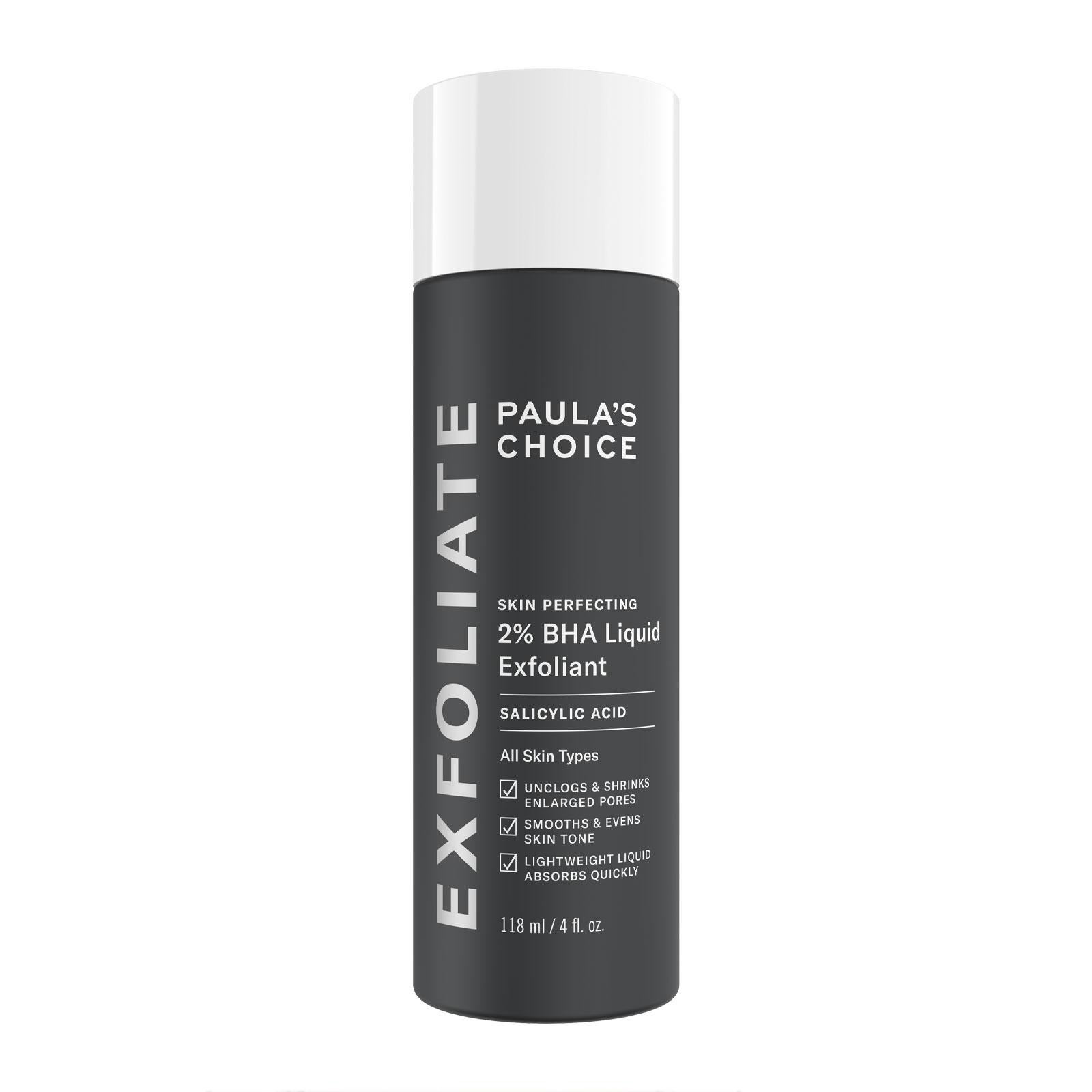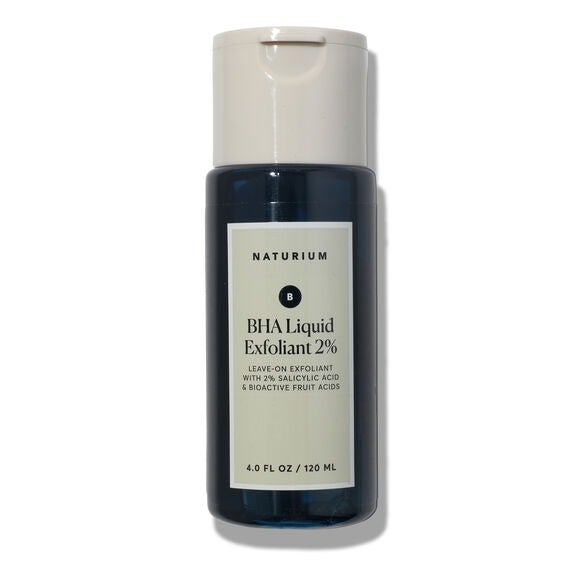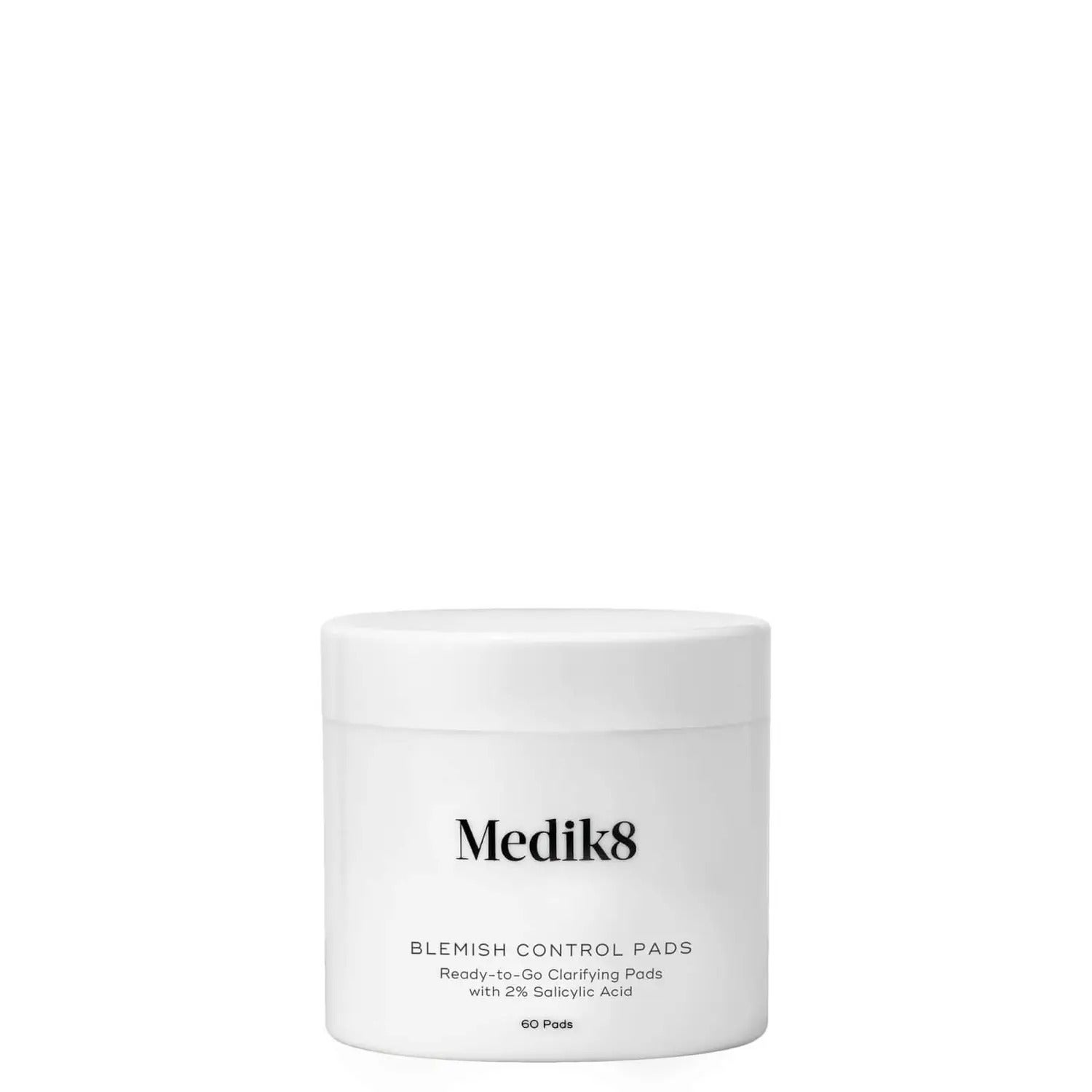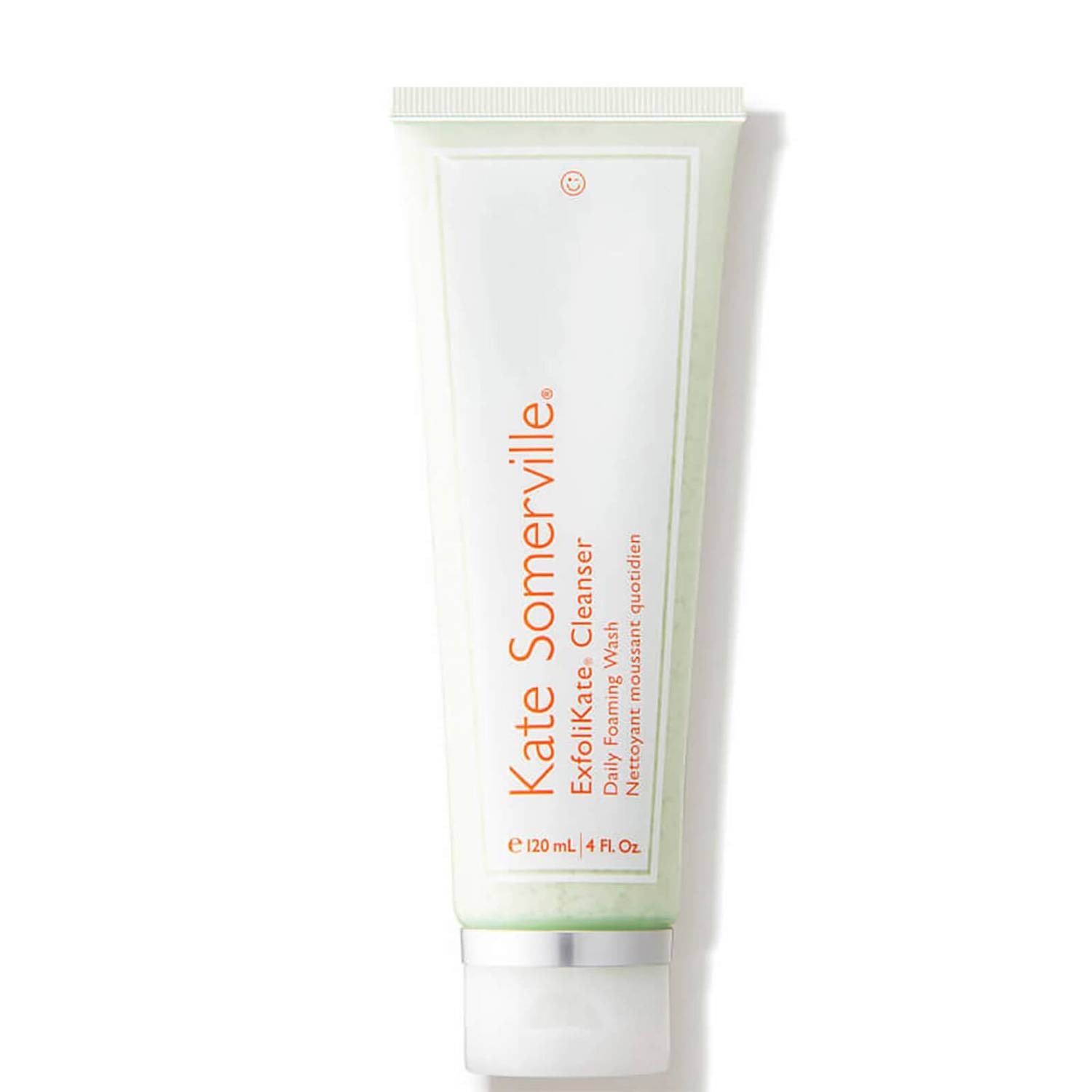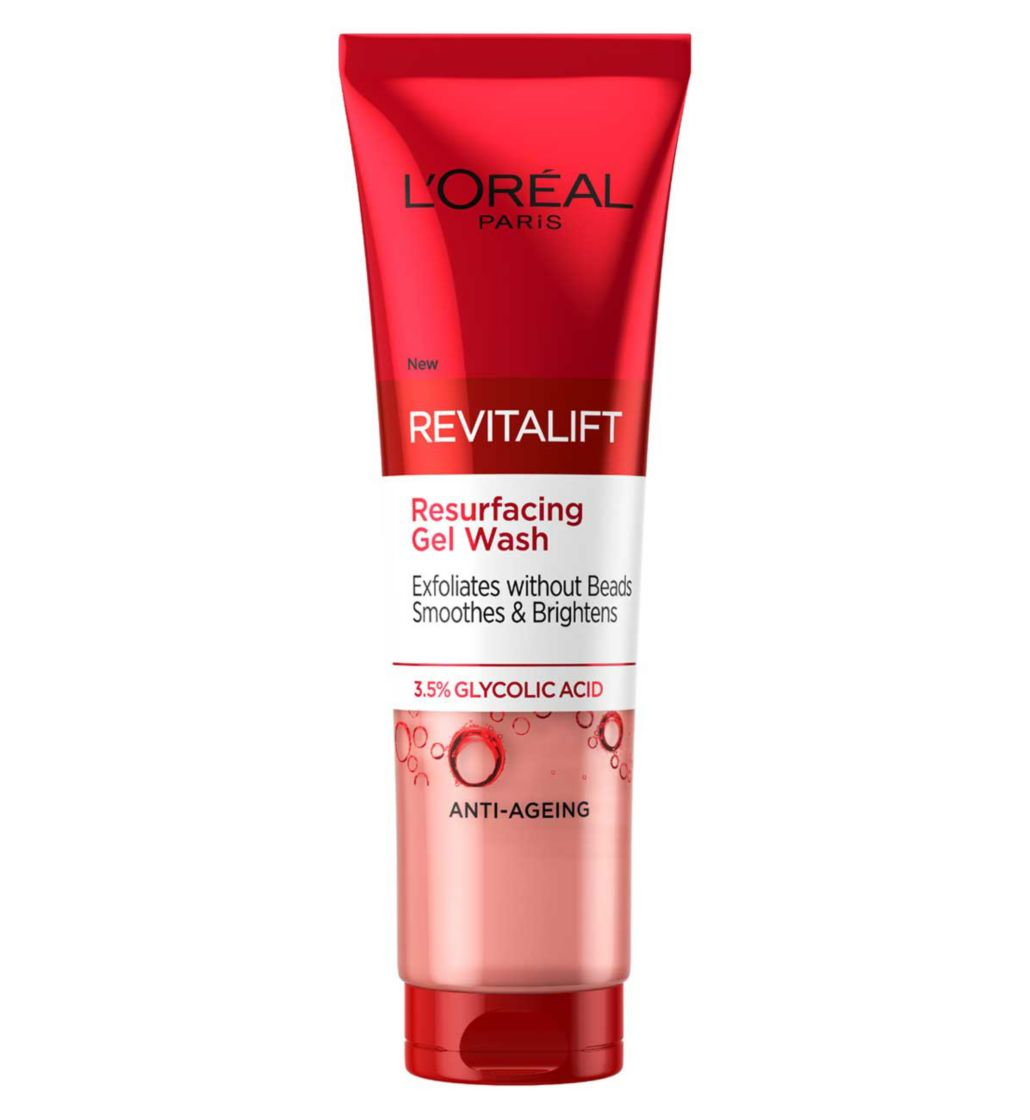At Refinery29 Australia, we’re here to help you navigate this overwhelming world of stuff. All of our picks are independently selected and curated by the editorial team, but we may earn commission or other compensation from the links on this page.
If you have blackheads, you’ll know how tempting it is to pick, pop and squeeze them. Typically cropping up on the nose, they are a combination of dead skin cells and sebum (oil) inside a pore, which, when exposed to air, tend to darken over time, hence the difference in colour compared to cystic spots or whiteheads. While it’s satisfying to prod and pummel them into oblivion, how do you know if they are blackheads or whether they’re actually sebaceous filaments?
AdvertisementADVERTISEMENT
Whether you've heard of them or not, mistaking sebaceous filaments for blackheads is much more common than we think. "Sebaceous filaments and blackheads can look very similar and it is very easy to get them confused," says facialist and skin expert, Kate Kerr, "but there is a stark difference between the two."
What is the difference between blackheads & sebaceous filaments?
"Our faces are covered in fine, tiny hairs, and every hair follicle from which these grow has a sebaceous gland which produces sebum," continues Kerr. "An overproduction of sebum from this gland can cause it to become clogged and appear like a blackhead," Kerr adds that while a blackhead is a clogging of dead skin cells, pollution and sebum within a pore, a sebaceous filament is purely the overproduction of sebum from a hair follicle. In short, the oil inside the hair follicle simply makes the pore appear larger, which is why it’s so easy to mistake it for a blackhead. But there’s no need to squeeze. In fact, Kerr strongly advises against it due to the risk of pushing bacteria deeper into the skin.
It's important to note that sebaceous filaments are an entirely normal and natural part of your skin anatomy. If they're bothering you, though, there are things you can do to minimise them — and it’s all in the oil control. Your first port of call is salicylic acid at an effective concentration of 2%. The BHA — beta hydroxy acid — works to chip away at the mixture of dead skin cells and oil on the surface of the skin, but it also has the clever ability to penetrate the pore, regulating oil production at a deeper level.
AdvertisementADVERTISEMENT
How do you get rid of blackheads?
"BHAs like salicylic acid also have anti-inflammatory and antibacterial properties," mentions Kerr. Try a leave-on exfoliating toner like Paula's Choice Skin Perfecting 2% BHA Liquid Exfoliant, $45, or Naturium BHA Liquid Exfoliant 2%, $39.95, before your moisturiser. Both can be used in the morning or the evening. You might prefer to try pre-soaked pads like Medik8 Blemish Control Pads, $64, or perhaps you'd like a serum like The Ordinary Salicylic Acid 2% Solution, which helps exfoliate skin and unclog pores. Simply apply it to dry skin after cleansing and before moisturising.
Gentle exfoliating cleansers that harness AHAs like lactic acid and glycolic acid are also effective at mopping up excess sebum. Kate Somerville ExfoliKate Cleanser, $75, is packed with the duo and makes oily skin feel fresh and supple by cutting through the oil that tends to collect around the T-zone. If you'd rather spend less, try L’Oréal Paris 3.5% Revitalift Glycolic Acid Cleanser, $15.49.
Where blackheads are concerned specifically, dermatologists recommend retinol. "Vitamin A derivatives — aka retinols — are also key to combating blackheads, as they stimulate cell turnover, which, in turn, prevents clogging," advises Kerr. Also, think about swapping your thick moisturiser for something with a gel-cream texture. Vichy Minéral 89 72HR Moisture Boosting Cream, is lightweight but substantially moisturising thanks to hyaluronic acid and glycerin. Also try The Ordinary Natural Moisturizing Factors + HA, $21, which is non-comedogenic (less likely to clog pores).
Whatever you do, refrain from digging out blackheads yourself. "Pore extractions should always be performed by an experienced professional, with proper preparation pre- and post-extraction so as not to cause skin damage or further breakouts," says Kerr.
Want more? Get Refinery29 Australia’s best stories delivered to your inbox each week. Sign up here!
AdvertisementADVERTISEMENT







